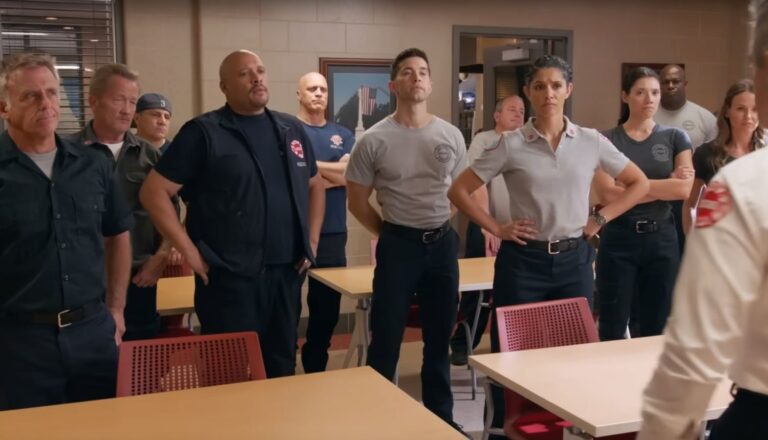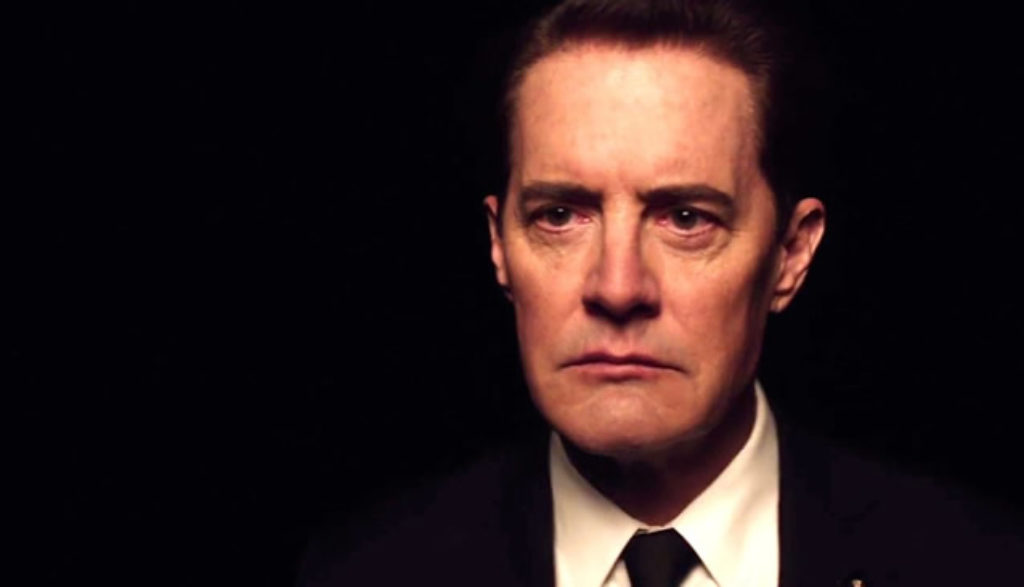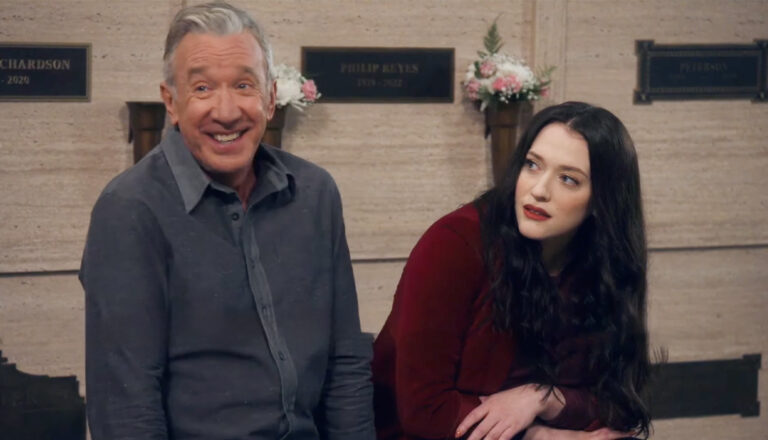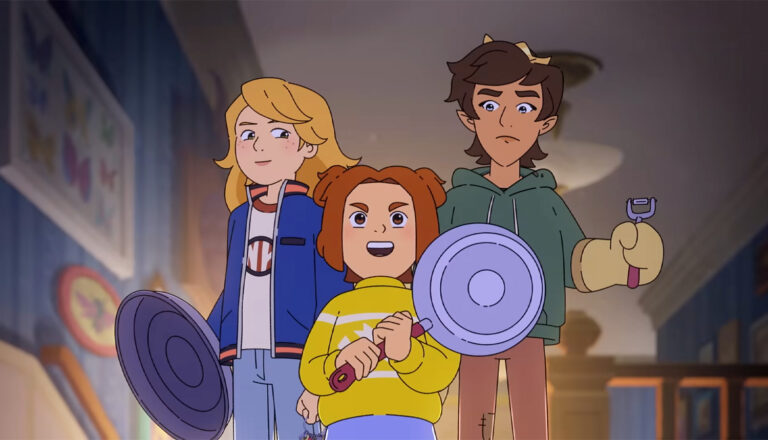
Chicago Fire
Where’s the fire? In Chicago, it seems. But the flames outside Firehouse 51 are nothing compared to the heat generated inside.

In 1990, ABC unveiled a curious little show called Twin Peaks. Critics loved it. Practically no one else watched it. It lasted just two seasons—a little more than a year—before it was axed due to low ratings.
But in its death throes, it gave birth to television as we know it today.
Twin Peaks began when television was made for the masses. It was the age of Roseanne and The Golden Girls, Matlock and Major Dad. Twin Peaks, the brainchild of television vet Mike Frost and surrealist director David Lynch, was nothing like those shows. Nothing like any show. It was a telegenic fever dream—a serialized mystery with super-quirky characters, supernatural undertones and an offbeat vibe that left viewers uncertain whether they should laugh or scream. The series rewarded obsessive viewing and inspired couch-born analysts to discuss and dissect every outlandish turn of events.
In a television landscape full of broadly appealing comedies and inoffensive dramas, Twin Peaks was a cult show—and one that made no pretension of being anything else.
And then it was gone. Only—like Laura Palmer, the murdered woman at the center of Twin Peaks‘ first mystery—not. It spawned a slew of imitators: Northern Exposure copied its quirk. The X-Files replicated the show’s freaky-creepy vibe and, to some extent, its serialization. And those series in turn spawned their own imitators. Now, it seems, every show—or, at least, every show we talk about—is a cult show on some level. From Game of Thrones to Stranger Things, from American Gods to American Horror Story, today’s prestige television is built on the foundation laid by Twin Peaks.
Perhaps it’s fitting, then, that Twin Peaks is back (on Showtime), more than 25 years after Laura Palmer’s murder was solved. But given that today’s television landscape was shaped by the landmark show, is it even possible for the sequel to feel as freaky, as unhinged as the original?
Answer: yes. Boy howdy, yes.
When Twin Peaks aired its last episode in 1991, the dashing-yet-dour FBI agent Dale Cooper had been possessed by the spirit of Killer Bob, a sadistic, demonic entity who inhabits various innocent hosts and, through one such host, killed Laura Palmer (and perpetrated plenty of other vile deeds besides).
Showtime’s Twin Peaks picks up 25 years later. Cooper’s body is still thrall to Killer Bob, while Cooper’s consciousness is trapped in what’s called the Black Lodge—an extradimensional reality featuring red curtains and a red-and-white zigzag floor.
And that, I’m afraid, is the most sensical paragraph you’re likely to get here.
Killer Bob’s supposed to be sent back to the Black Lodge, but the spirit doesn’t particularly want to go. So he’s plotting to keep Cooper’s body in his evil clutches. Meanwhile, Cooper’s consciousness chats with a variety of spectral entities, including the dead Laura Palmer (who removes her face to reveal a blinding light) and a small talking tree with some sort of odd, pulsing growth on it.
Also meanwhile, there have been a couple of murders committed in Buckhorn, S.D.: the local librarian and an as-of-yet unidentified man. He’s yet to be identified, in part, because the man’s naked body was found in bed with the librarian’s severed head. The town’s high school principal has been implicated, but he swears he had nothing to do with either of the murders.
Also, also meanwhile, there’s a super-secret glass box in New York City that occasionally contains extra-dimensional beings. And a casino tycoon in Las Vegas seems to be under the thumb of an as-of-yet-unnamed authority. Laura Palmer’s mother watches violent nature documentaries. The Log Lady’s log is having visions again. Someone’s buying shovels.
Know what’s going on yet? No? That’s partly the point. Lynch, the mastermind behind the vibe of both the original and rebooted iterations, relishes jarring visuals and dissonant plotting and flat-out mystery. Indeed, if Lynch had had his way, Laura Palmer’s killer wouldn’t have been found so early in the series. He might never have been found.
“I don’t think that people accept the fact that life doesn’t make sense,” Lynch was quoted in My Love Affair with David Lynch and Peachy Like Nietzsche: Dark Clown Porn Snuff for Terrorists and Gorefiends. “I think it makes people terribly uncomfortable. It seems like religion and myth were invented against that, trying to make sense out of it.”
And while the original Twin Peaks was plenty jarring back in the day, the Showtime version—free of any network constraints—ratchets up the content something fierce.
We’re exposed to intense moments of nudity, violence and language. The violence against women can be particularly shocking and, Lynch plays that card again and again.
The violence and sex isn’t as pervasive as on, say, American Gods or Game of Thrones. But In some ways, that makes it all the more dissonant: You can never be quite sure whether a conversation will end with a surreal bon mot or someone’s head rolling around on the floor.
Twin Peaks, the new version, has reclaimed its long-dormant crown as the strangest show on television. And while its resurrection may be a dream come true for fans of the original, the content we see can be the stuff of nightmare, right out of the Black Lodge itself.
(Editor’s Note: Plugged In is rarely able to watch every episode of a given series for review. As such, there’s always a chance that you might see a problem that we didn’t. If you notice content that you feel should be included in our review, send us an email at letters@pluggedin.com, or contact us via Facebook or Instagram, and be sure to let us know the episode number, title and season so that we can check it out.)
In the show’s two-part, two-hour premiere, police in South Dakota find a headless, naked dead man positioned underneath the disembodied head of a woman. Agent Cooper’s doppelganger, possessed by Killer Bob, seems somehow connected with the killing. Meanwhile, the real Agent Cooper spends his days sitting in the Black Lodge, while a young man in New York City spends his staring at what appears to be an empty glass box. The box isn’t always empty, though, as the young man finds out the hard way.
He secrets a would-be girlfriend into the room to watch the box with him. When he asks her, “Do you want to make out a little?” the woman takes off all her clothes (we see parts of her breasts and backside), he takes off his shirt, unbuckles his pants and they begin having sex on a couch. But a creature—something that looks like an insubstantial, humanoid, naked alien (we see that creature’s female-looking breasts as well)—appears in the box, breaks out and attacks the couple, apparently shredding them. (Blood sprays and streaks their naked bodies.)
The South Dakota murder victims are also grisly sights. The woman’s head is missing an eye, and the region where her neck was cut is very visible. The other body is gray and obese, with its legs covering the corpse’s private parts. Elsewhere, a woman watches a particularly grotesque nature documentary, where lions attack and begin to devour a cape buffalo while it’s still alive.
Cooper/Bob kills a would-be partner in crime: The woman is dressed only in her skimpy underwear when Bob sidles up beside her on a hotel bed. He hits her in the face when she tries to resist (blood stains her nose and mouth), bangs her head against the bed and eventually knocks her unconscious. Then he covers the woman’s head with a pillow, pulls out a gun and shoots her underneath it. When he removes the pillow, we see her vacant eyes staring at the ceiling. He shoots another woman in the head, too, and we see the wound as blood seeps onto the floor. A man gets smacked in the head with his own shotgun, knocking him out and leaving him with a bloody nose.
A man apparently touches a woman’s privates and comments graphically on them. (We don’t explicitly see the contact.) People kiss passionately. A man named Jerry talks about using marijuana he’s been cultivating; he also tells his hotel-owning brother that his product (which is legal in the state of Washington) has tripled his company’s revenue.
Jerry asks his brother whether he’s sleeping with his new secretary yet. “She’s a beautiful soul, and she’s married,” the brother says. “That never stopped you before,” Jerry replies.
We see, repeatedly, a sculpture of a naked woman. People drink together at bars and alone at home. At least one person smokes. A deputy sheriff follows up on a lead given to him by a sentient log. There are references to extramarital affairs. The f-word is used seven times and the s-word twice. We also hear “b–ch,” “b–tard,” “d–n” and “h—.” God’s name is misused about eight times.

Paul Asay has been part of the Plugged In staff since 2007, watching and reviewing roughly 15 quintillion movies and television shows. He’s written for a number of other publications, too, including Time, The Washington Post and Christianity Today. The author of several books, Paul loves to find spirituality in unexpected places, including popular entertainment, and he loves all things superhero. His vices include James Bond films, Mountain Dew and terrible B-grade movies. He’s married, has two children and a neurotic dog, runs marathons on occasion and hopes to someday own his own tuxedo. Feel free to follow him on Twitter @AsayPaul.

Where’s the fire? In Chicago, it seems. But the flames outside Firehouse 51 are nothing compared to the heat generated inside.

Matt and his estranged daughter, Riley, embark on a restoration of the dented bumpers of their relationship.

Sabrina and Daphne Grimm track down answers to mysteries in a town populated by fairytale creatures. But parents may walk away from this with more questions.

House of David bringing David’s dramatic story to life, recounting the rise of his house and the downfall of King Saul’s.